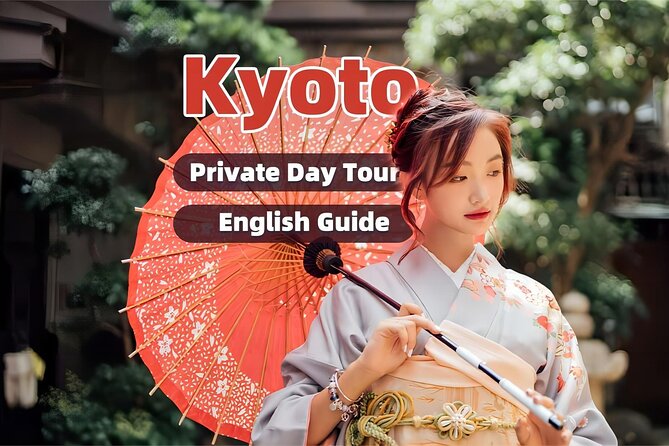Learn the Higo Ko-Ryu Style of Naginata Fighting of the Samurai
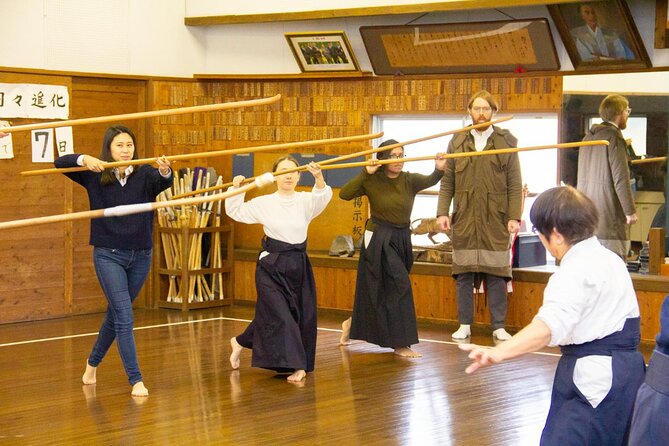
Set out on a journey to uncover the ancient art of the samurai with the Higo Ko-Ryu Style of Naginata Fighting. This traditional fighting style, originating from the samurai of Kumamoto, Japan, offers a unique glimpse into the world of samurai weaponry.
The intricate techniques and historical significance of this practice make it a fascinating avenue for those seeking to explore the martial arts legacy of Japan.
With a focus on precision and discipline, participants are in for a transformative experience that goes beyond mere physical training.
Key Points
- Higo Ko-Ryu style embodies samurai culture and values.
- Daily training sharpens combat skills and mental focus.
- Protective gear is essential for safety during combat practice.
- Experienced instructors pass down historical and cultural significance of naginata fighting.
It's also worth checking out some other tours and experiences nearby.
Historical Origins
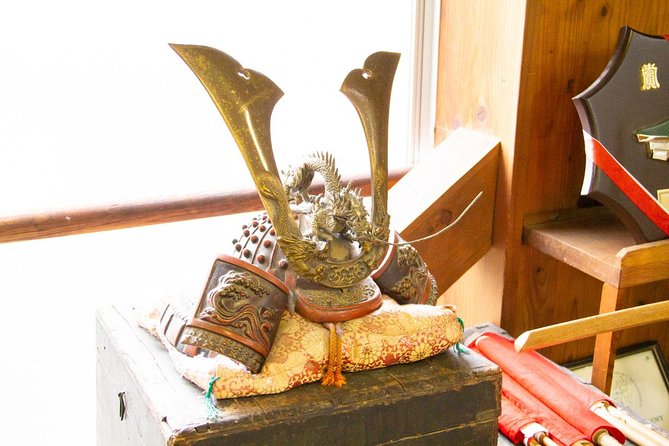
Exploring the historical origins of the Higo Ko-Ryu style of naginata fighting reveals a deep connection to the samurai culture of Kumamoto, Japan. This martial art is steeped in samurai traditions, reflecting the values and techniques passed down through generations.
Originally developed as a combat skill for warriors, the Higo Ko-Ryu style has undergone a modern adaptation to suit contemporary practices while preserving its cultural significance. The global impact of this fighting style has grown, attracting practitioners worldwide who seek to explore the rich history and philosophy of the samurai.
Training Schedule
The training schedule for Higo Ko-Ryu style of naginata fighting includes daily practice sessions focused on mastering traditional techniques and developing physical conditioning. Skill development is a key component, with practitioners honing their abilities through repetitive drills and precise movements.
Combat practice is integrated to simulate real-life scenarios and enhance practical application. Physical conditioning plays a crucial role in preparing students for the demanding physical requirements of the art, emphasizing strength, endurance, and flexibility.
Mental focus is also emphasized during training sessions to cultivate concentration, discipline, and strategic thinking. The structured schedule ensures a comprehensive approach to training, balancing technical proficiency with physical fitness and mental acuity to produce well-rounded practitioners of the Higo Ko-Ryu style.
Required Equipment

Participants in the Higo Ko-Ryu style of naginata fighting are required to bring their own protective gear, including a helmet, gloves, and shin guards. Proper equipment is essential for ensuring safety during training sessions focused on weapon handling and combat techniques. Below is a breakdown of the necessary gear:
| Equipment | Description |
|---|---|
| Helmet | Head protection for sparring drills |
| Gloves | Hand protection during weapon practice |
| Shin Guards | Lower leg protection against strikes |
Having the appropriate protective gear is crucial for participants engaging in the rigorous training involved in mastering the Higo Ko-Ryu style of naginata fighting, where precision in weapon handling and combat techniques is paramount.
Key Techniques
Moving from the necessary protective gear, understanding the key techniques is fundamental for individuals training in the Higo Ko-Ryu style of naginata fighting. In this style, mastering the following is crucial:
- Sparring techniques: Learning how to engage in controlled combat scenarios.
- Defensive moves: Understanding how to protect oneself from attacks effectively.
- Footwork basics: Mastering the proper movement techniques to enhance agility and positioning.
- Offensive strategies: Developing tactics to effectively attack and counter opponents.
These techniques form the foundation of Higo Ko-Ryu naginata fighting, emphasizing a balance between offensive and defensive maneuvers, footwork precision, and strategic thinking. As students progress, these key elements become second nature, enabling them to execute precise and powerful movements in combat situations.
Instructor Profile
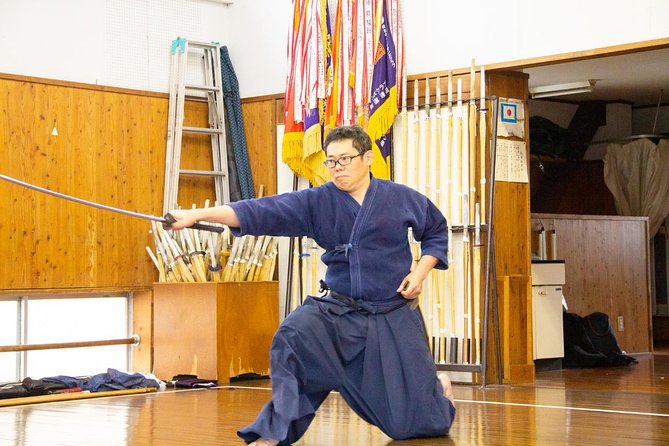
During the orientation session, you will be introduced to the experienced instructor leading the Higo Ko-Ryu style of naginata fighting training. The instructor has a rich background in traditional Japanese martial arts, specifically specializing in the art of naginata. With years of training and expertise, they bring a deep understanding of the techniques and cultural significance of the Higo Ko-Ryu style.
This instructor plays a crucial role in preserving and passing on the legacy of samurai fighting techniques, ensuring that participants not only learn the physical aspects but also gain insight into the historical and cultural context surrounding this ancient art form. Engaging with such a knowledgeable instructor adds a unique and enriching dimension to the experience of learning naginata fighting.
Booking Information
Upon confirming their participation, travelers can expect to receive a detailed itinerary from the operator, Attractive JAPAN, outlining the booking details for the Higo Ko-Ryu style of naginata fighting experience in Kumamoto, Japan.
The booking process is straightforward, with pricing options starting from $84.70, which may vary based on the group size.
Here are some key points to note regarding the booking information:
- Confirmation: Within 48 hours
- Group Size: Maximum of 6 travelers
- Cancellation Policy: Non-refundable, weather-dependent
- Additional Info: Not wheelchair accessible, suitable for most travelers
For a seamless experience, travelers should ensure they’re familiar with these details before finalizing their booking for this unique samurai-inspired activity.
Frequently Asked Questions
Can Children Participate in the Higo Ko-Ryu Style of Naginata Fighting of the Samurai Training?
Children can participate in the Higo Ko-Ryu style of Naginata fighting of the samurai training. Safety measures are in place to ensure a secure environment. It’s a unique opportunity for young learners to experience this ancient martial art.
Are There Any Age Restrictions for Taking Part in the Samurai Naginata Training?
There are no age restrictions for participating in the samurai naginata training. The training intensity is suitable for most travelers. It offers a unique experience to learn about samurai culture and weapons in a fun and informative way.
Is There a Specific Fitness Level Required to Enroll in the Samurai Naginata Training?
Fitness requirements for the samurai naginata training are moderate. Training intensity increases gradually, accommodating various fitness levels. Skill progression is supported by expert instructor guidance. Participants can expect a challenging yet rewarding experience in mastering the art.
Are There Any Opportunities for Advanced Students to Further Their Training in the Higo Ko-Ryu Style?
Advanced students can further their training in the Higo Ko-Ryu style, focusing on skill development. Opportunities for advanced training are available to enhance proficiency and deepen understanding of this traditional samurai fighting technique at Ryujokan dojo in Kumamoto, Japan.
Can Participants Bring Their Own Naginata or Are They Provided During the Training Sessions?
Participants can’t bring their own naginata; personal equipment is usually provided during the training sessions. The training environment is set up to ensure a comprehensive learning experience without the need for participants to bring their own gear.
Recap
Enjoy the ancient art of samurai with the Higo Ko-Ryu Style of Naginata Fighting in Kumamoto, Japan.
Explore the historical origins, training schedule, required equipment, key techniques, and instructor profile to fully experience this unforgettable adventure.
Book your spot now with Attractive JAPAN for a unique and enriching encounter with Japanese martial arts.

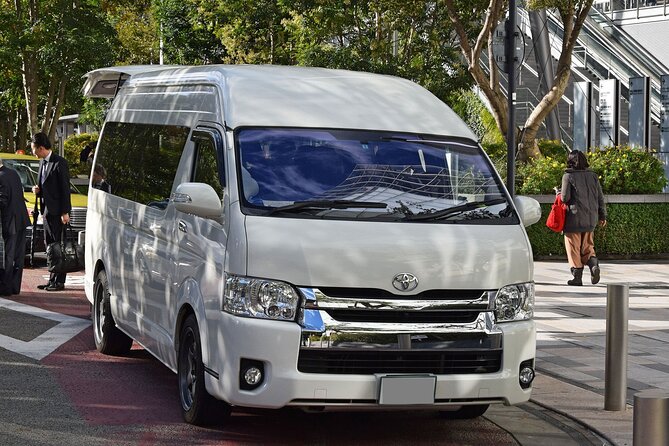
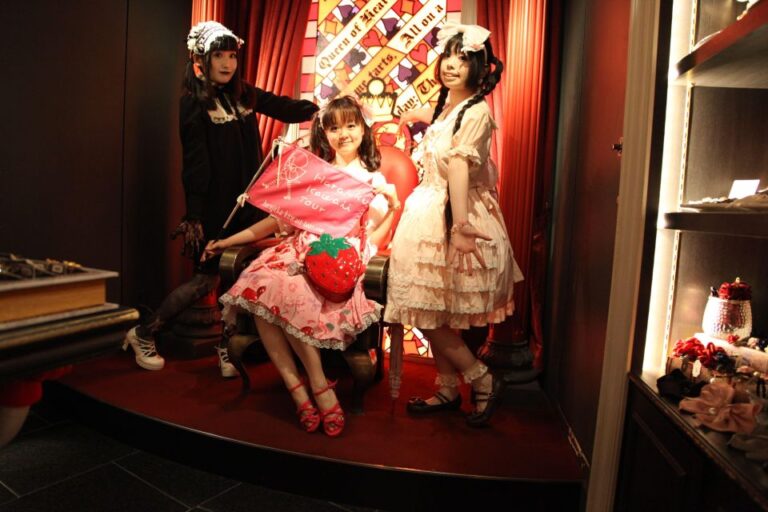

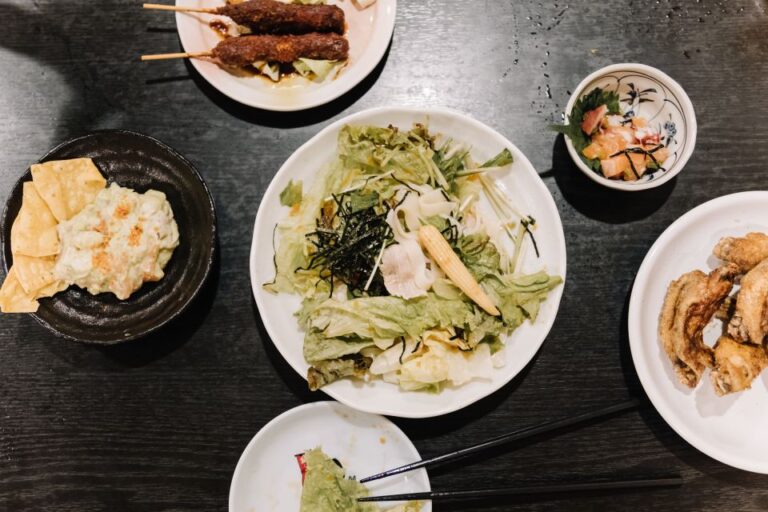
![[43 Mins]Kyoto-Osaka Night View Excursion](https://tokyoezine.com/wp-content/uploads/1_43-minskyoto-osaka-night-view-excursion.jpg)
